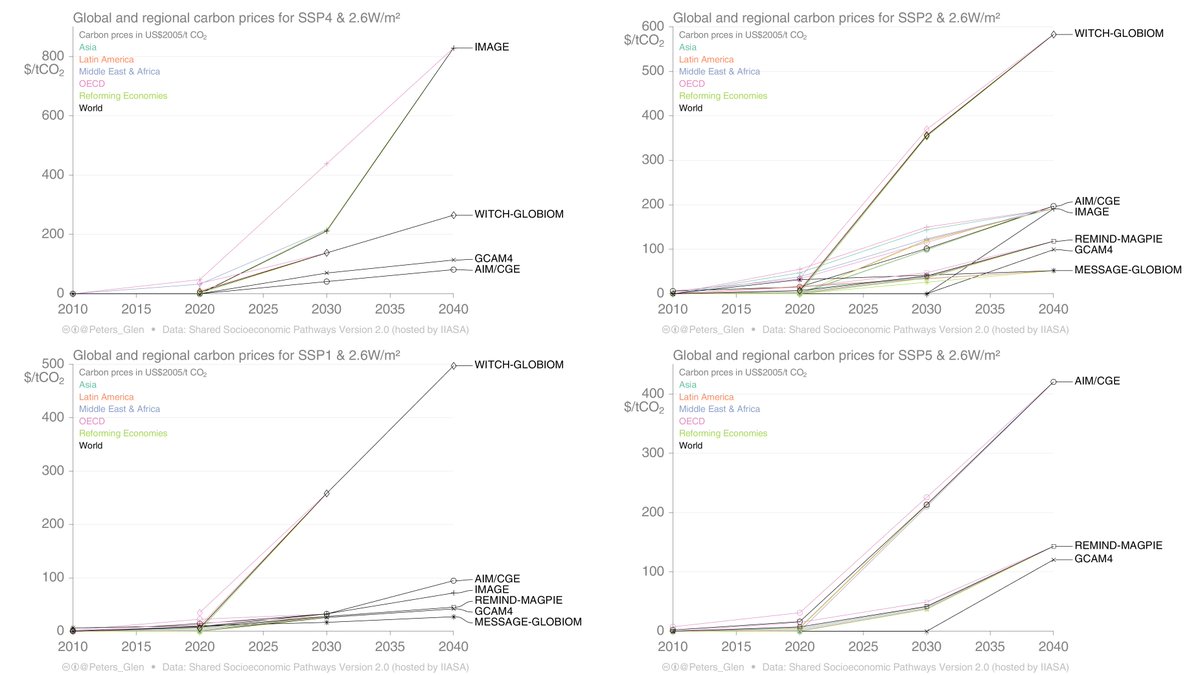What were the key takeaways from @hausfath & my comment last week?
First, move to more probabilistic scenarios. Initially, this can be qualitative (to the right of figure), & this would be very helpful to avoid confusion by scenario users.
1/
nature.com/articles/d4158…

This will require research, new methods, etc. What do different user group want from scenarios? How to develop probabilistic scenarios? Etc
2/
First, it is useful to better outline the climate impacts we need to adapt to (including exploring higher risks).
Second, there is a gap in the scenarios (& type of scenarios) in the direction we are heading, & these are the real reference for future mitigation action.
4/
My colleagues, for example, work closely with financial users on want they want (& need) to deal with climate risks.
cicero.oslo.no/en/climate-fin…
We are building capacity & activity in these areas, but lack resources 💰.
5/
One is that we do not consider feedbacks (also the link between emissions & concentration).
We discuss this, & yes, this is important & needs more research. RCP8.5 is still an outlier.
Zeke explains here
6/
(& other arguments)
But, back to the substance.
Either way, RCP8.5 emissions will remain an outlier. Our arguments remain.
7/
That is a long bow if you ask me...
8/
We would like to see scenarios become more useful, more helpful to inform climate policy, more useful to business & investors that need to make decisions, & more useful in helping public understanding.
9/
Scroll up & read the first few tweets in the thread.
Keep the comments coming, but preferably on our takeaways at the start of the thread...
10/10

















